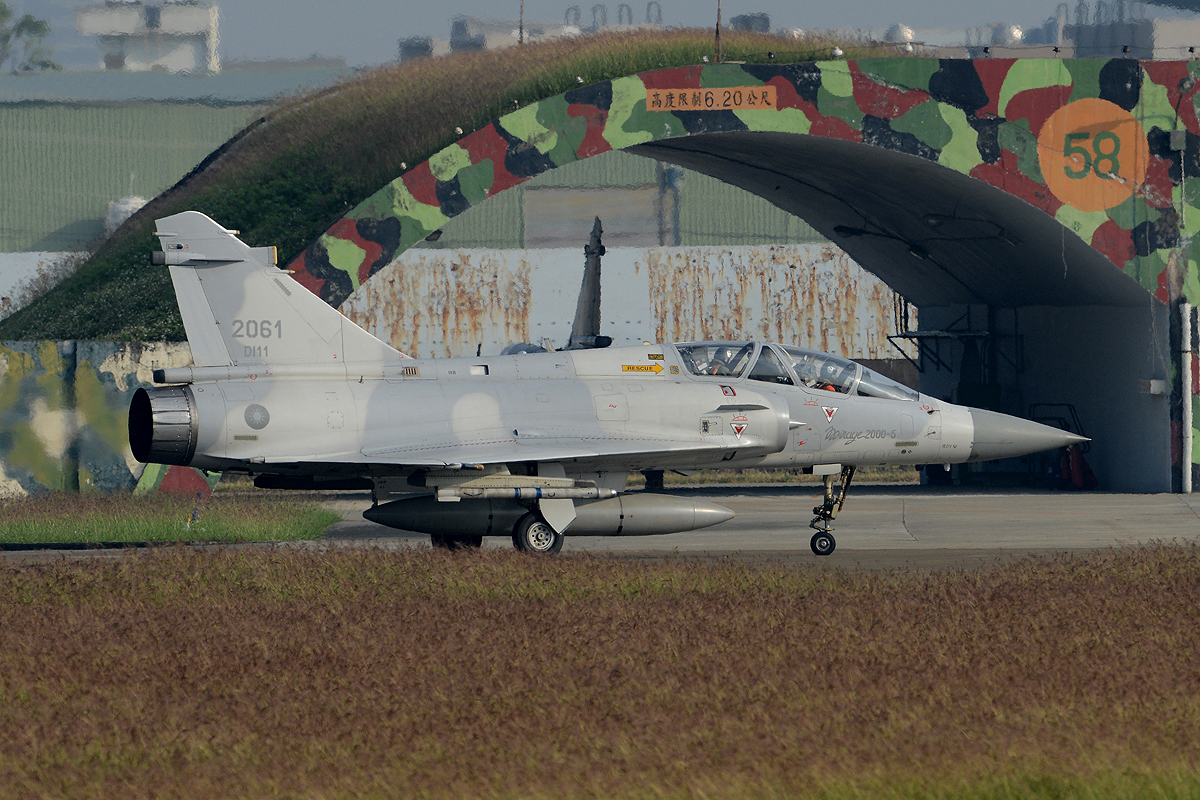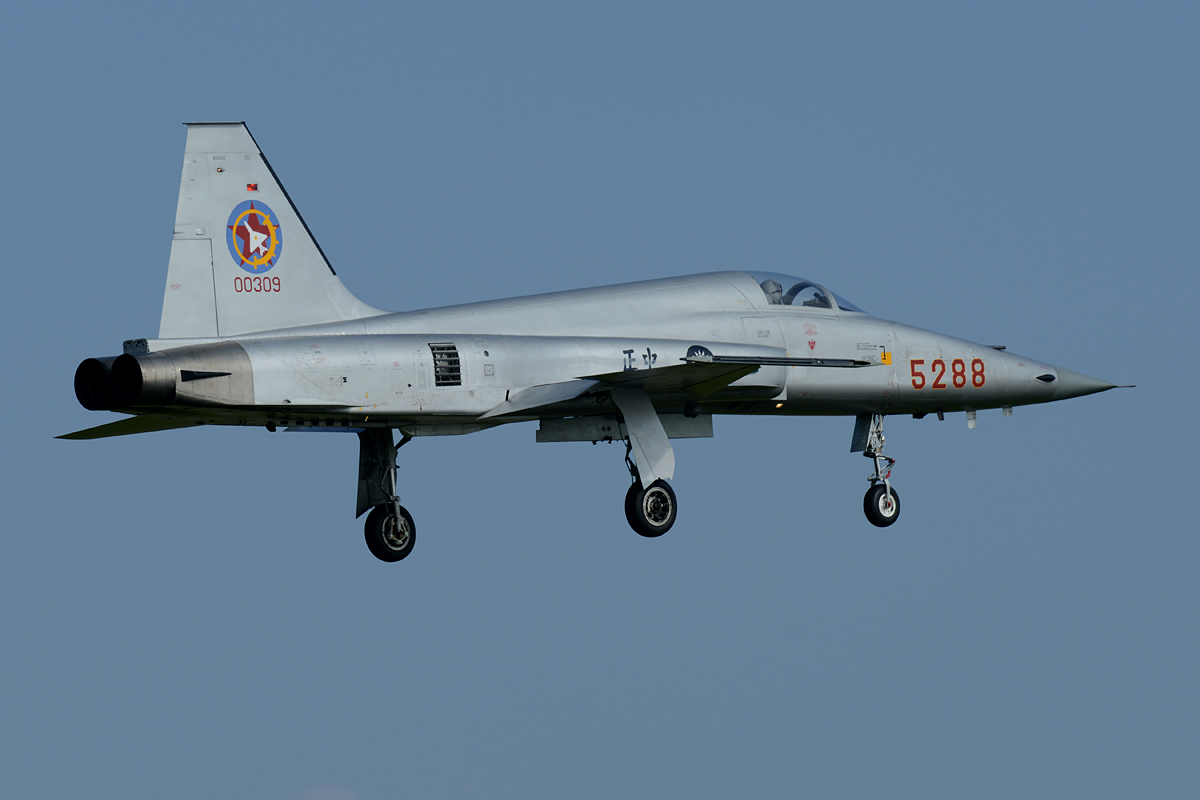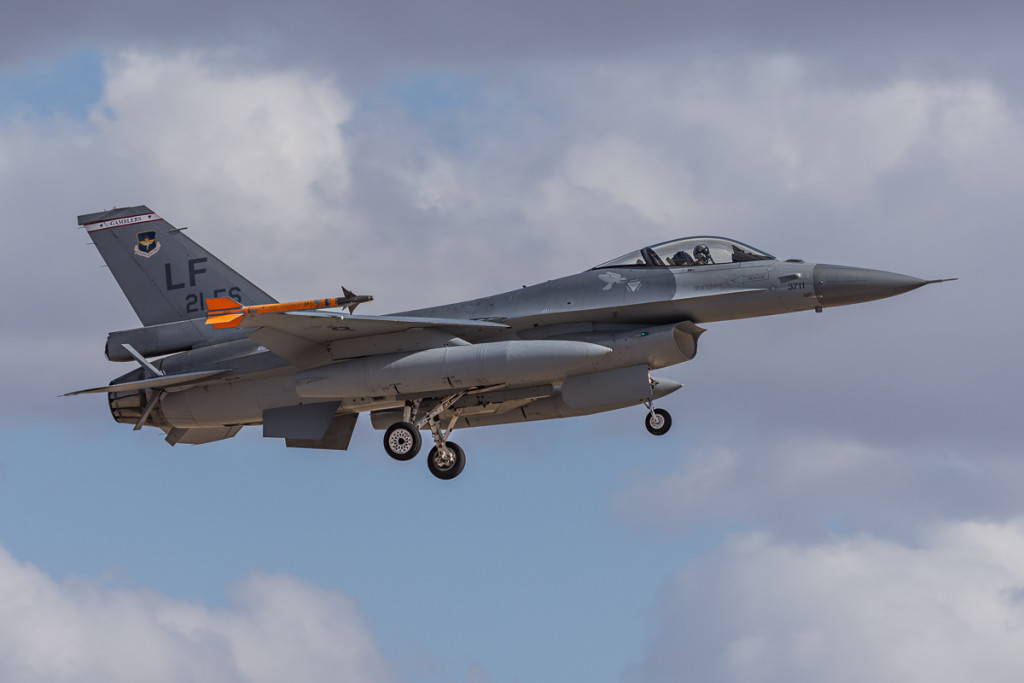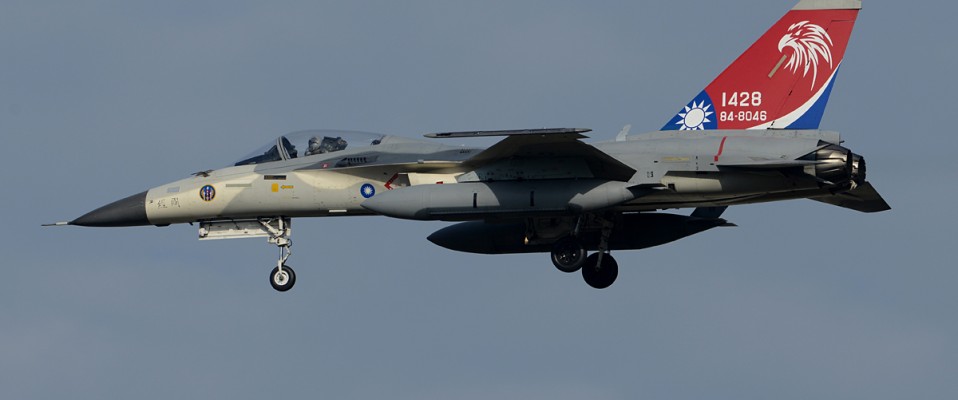Republic of China Air Force: The Tigers of Formosa
With a highly developed economy and known as one of the “Four Asian Tigers” alongside Hong Kong, Singapore and South Korea, Taiwan, with a population of over 23 million people, is a sovereign state in East Asia.
Taiwan is often referred to as “Free China” or “Liberal China”, not to be confused with with People’s Republic of China, also known as Communist China.
The Republic of China Air Force (ROCAF), optimized for air superiority, has a mission to defend the airspace of Taiwan and surrounding areas.
Peter van den Berg spent two weeks in Taiwan and brings us this look at the history and aircraft of the Republic of China Air Force (ROCAF).
Article and Photos by Peter van den Berg
In general
The territory of Taiwan consists of one large island and a large number of small islands. The name Taiwan, the usual name for the Republic of China (not to be mistaken with the People’s Republic of China), is derived from the largest island of the Taiwanese territory. This island is formerly known as Formosa.
Although Taiwan declared independence in 1895 and formed its own constitutional democracy, its current political status is ever challenged. Just after the Second World War, the Chinese Nationalist government (led by Chiang Kai-shek) contested the Chinese Communists (led by Mao Zedong). During the Second World War both parties fought against the Japanese, but after the war they fought against each other again. In 1949 the Chinese Communists ousted their opponents from mainland China to Taiwan.
The aviation ministry was formed in 1920, when the republic still exercised authority over mainland China. During that period, various warlords fought for power and bought a variety of aircraft to exercise this. The country reunited under the central government in 1928. During the Second Sino-Japanese War, ROCAF played a supporting role and bombed Japanese ships and troops. They were mainly flying with the US Curtis Hawk and the Boeing P-26. The ROCAF fought against the People’s Liberation Army of the Communists when the Chinese Civil War broke out. The war was lost and the Republic of China retreated to the island of Taiwan.
Taiwan’s armed forces number about 290.000 troops and nearly 1.7 million reservists. The country has a national service time of one year for men.
Taiwan is western-oriented and purchases military equipment from the USA (its largest supplier) but also from France, Germany and The Netherlands. In addition, Taiwan develops its own weapon systems such as the Sky Bow surface-to-air missile.

Dassault Mirage 2000-5DI
American support
In 1958, the Nationalist air force consisted of 350 aircraft, including three wings with F-84Gs, two wings with F-86Fs and a squadron of RF-84Fs. In addition, the USAF had a wing of F86Fs Sabres stationed in the country as part of a defense contract signed in March of 1995. The bomber units were equipped with B-24s and B-25s in 1954.
The first F-104s to arrive in Taiwan were American fighters who came to reinforce the Nationalist air force after the crisis in 1958. The Nationalists received 67 F104 Starfighters from the USAF in the seventies.
The Nationalist air force also flew U-2 planes on behalf of the CIA. The U-2 would regularly patrol above mainland China from 1959 to 1974 in order to monitor the development of China’s nuclear weapons program at Lop Nor and Chiuchuan.
The United States is the main military partner of Taiwan. The two parties had an alliance against China from 1954 to 1979. In this last year the United States recognized China, and its relation with Taiwan became purely informal in nature. However, the US continued to support Taiwan. The US could not deliver F-16s to Taiwan in the eighties but did help with the development of Taiwan’s own combat aircraft, such as the F-CK-1. Tension between the US and China was eased and so some F-16s were sold to Taiwan.
Taiwan, formerly known as Formosa, has about 23 million inhabitants in an area of approximately 14,285 square miles. Most residents live on the west side of the island, where most of the air force bases are located as well. The eastern side of the country is less densely populated and has two capitals: Taitung and Hualien.
The country is plagued by hurricanes throughout the year and has an average rainfall of over 3500 mm per year.

Northrop F-5E Tiger II
ROCAF – Republic of China Air Force
The air force of the Republic of China, ROCAF in short, is the air force of the independent East Asian island state of Taiwan. The county operates with western aircraft. Its primary combat aircraft are the French Mirage 2000, the American F-16 and the locally developed F-CK-1.

On January 21, 2016, a Lockheed F-16A Block 20 Fighting Falcon (93-0711) piloted by Republic of China Air Force pilot: Maj. Kao Ting-cheng went down near Bagdad, Arizona. There were no survivors.
Maj. Kao Ting-cheng was part of the 21st Fighter Squadron (21 FS) “Gamblers,” based at Luke Air Force Base in Arizona. The 21 FS mission is advanced fighter training for the pilots of the Republic of China Air Force. As part of the Peace Fenghuang program, ROCAF pilots have been training with the USAF at Luke AFB since 1997.
Taiwanese-Americans and Taiwanese nationals have started an education fund to benefit Maj. Kao Ting-cheng’s children. Donations can be made at Wells Fargo Bank branches to an account called “F-16 Taiwan pilot.”
Image Credit: Steven Valinski/APD

The ROCAF fleet consists of about 500 aircraft and 19 helicopters.
Inventory:
144 × F-16A/B: delivered in 1992.
8 × RF-16: Reconnaissance aircraft – since 1992.
55 × Dassault Mirage 2000-5DI/EIs : Air defense – since 1992.
126 × AIDC F-CK-1 Ching-kuo.
32 × F-5: Trainer, formerly fighter.
5 × RF-5: Reconnaissance.
The F-5 fleet will be phased out and won’t be part of ROCAF’s fleet anymore in 2020.
The current planning states that F-16 C/D Block 52s could be bought. The F-CK-1 would replace the F-5s and the F-16C/Ds would then be stationed at Taichung, from where it would conduct the air defense task.
6 × Grumman E-2 Hawkeye: Airborne Early Warning (AEW) aircraft (radar).
53 × AIDC AT-3 Tzu Chung: Advanced jet trainer.
36 × Beechcraft T-34 Mentor: Military basic trainer.
20 × Lockheed C-130 Hercules: Transport aircraft – One for SIGINT.
11 × Beechcraft 1900: VIP transport aircraft.
3 × Fokker 50: VIP transport.
1 × Boeing 737: Presidential aircraft
16 × Sikorsky S-70: Search and rescue.
3 × Eurocopter EC225 Super Puma: Search and rescue.
The current planning states that F-16 C/D Block 52s could be bought. The F-CK-1 would replace the F-5s and the F-16C/Ds would then be stationed at Taichung, from where it would conduct the air defense task. The purchase of new F-16C/Ds is under heavy political pressure.
The ROCAF has made significant investments in infrastructure. Examples of these are aircraft shelters in the mountains, rapid repair capabilities for runways and alternate landing sites on highways specifically designed for this purpose. In addition, there’s enough budget to let Taiwanese pilots fly more than 180 hours per year. NATO pilots have the requirement to make 180 hours per year.
The high standards demanded by the ROCAF can be secured by the purchase of the F-16 C/D Block 52s. They are also looking at the possibility of upgrading the current F-16 A/B fleet to USAF CAPES norms in order to keep up with the required technology. The latter option is more probable than the purchase of new F-16 C/D fight jets.

A pair of Dassault Mirage 2000-5’s
Fighters from Taiwan
Hualien:
One of the largest cities on the east coast of Taiwan is Hualien. Hualien East and West are two separate air force bases. The fields are connected to each other through means of a taxiway of several miles long. Hualien East is the main field where the 5th Tactical Fighter Wing is stationed. The 12th TRS operate the RF-16A and F-16B. The three other TFGs, the 17th, 26th and 27th, operate the F-16A/B. In addition, the RF-5E and F-5Fs are also stationed at Hualien and belong to the 12th TRS. Hualien West is more of a training field and is used less.
Taitung: F-5
The second military field on the east coast, Taitung, flies with only one model. This is the F-5E and F-5F. As many as 50 aircraft of this type are stationed at the field. When seeing these in service and in action it gives a nostalgic feeling where one can give rein to one’s passion. The 7th TFW flies with multiple color schemes and three squadrons, namely the 44th, 45th and the 46th TFS.
Tainan: F-CK-1
This field is half civil, half military. The shelters provided for the 1st TFW are spread over the field. This TFW includes the 1st, 3rd and 9th TFG. All units fly with the F-CK-1 C/D. The C/D versions are identified by the eagle which is incorporated on the tail.
Chiayi:
On this air force base the 4th TFW is stationed, operating the F16 A/B. In addition, there are several S70Cs of the Air Rescue Squadron. The 4th TFW is divided into the 21st, 22nd and 23rd TFG.
CCK, Taichung:
This is where the 3rd TFW is located, which is divided into the 7th TFG and the 28th TFG. On this basis they fly with the F-CK-1 A and B. Recognition is pretty easy, the grey tail does not have an incorporated eagle. Back in the days this field was in the middle of the city and, during the Vietnam War, had B52s stationed.
Hsinchu:
This is the only field where the Mirage is stationed. The 2nd TFW consists of 3 TFGs, namely the 41st, 42nd and 48th. The field is a haven for the Mirage 2000-5Di and 5Ei. The total of 55 Mirages should be replaced after 2020. However, politics play an important role here and it remains to be seen whether they will be replaced, and if so, what type it would replace.
Gangshan:
This is where the Republic of China Air Force Academy (CAFA) is located. All ROCAF trainers are based here. The basic training is done with the T-34C, whereas the fighter training is done with the AT-3B. The airlift training is carried out with the Beech 1900C.
Click on an image below to view the images in the gallery:
Peter van den Berg is from Coevorden, Netherlands. His love for military aviation began in 1980. The first airbase where he photographed was Soesterberg, Netherlands where the 32 TFS was stationed with the F-15. After photographing many military exercises in Europe over the years, Peter decided to spend the last 15 years visiting Asia and the USA. He regularly writes books for Veldhuis Media Group. Peter has written books about NAS Fallon, Red Flag and the Japanese Airforce.
In addition to publishing books, Peter is working as a teacher for senior secondary vocational education.
Peter uses Nikon equipment.
Peter can be reached at: [email protected]


